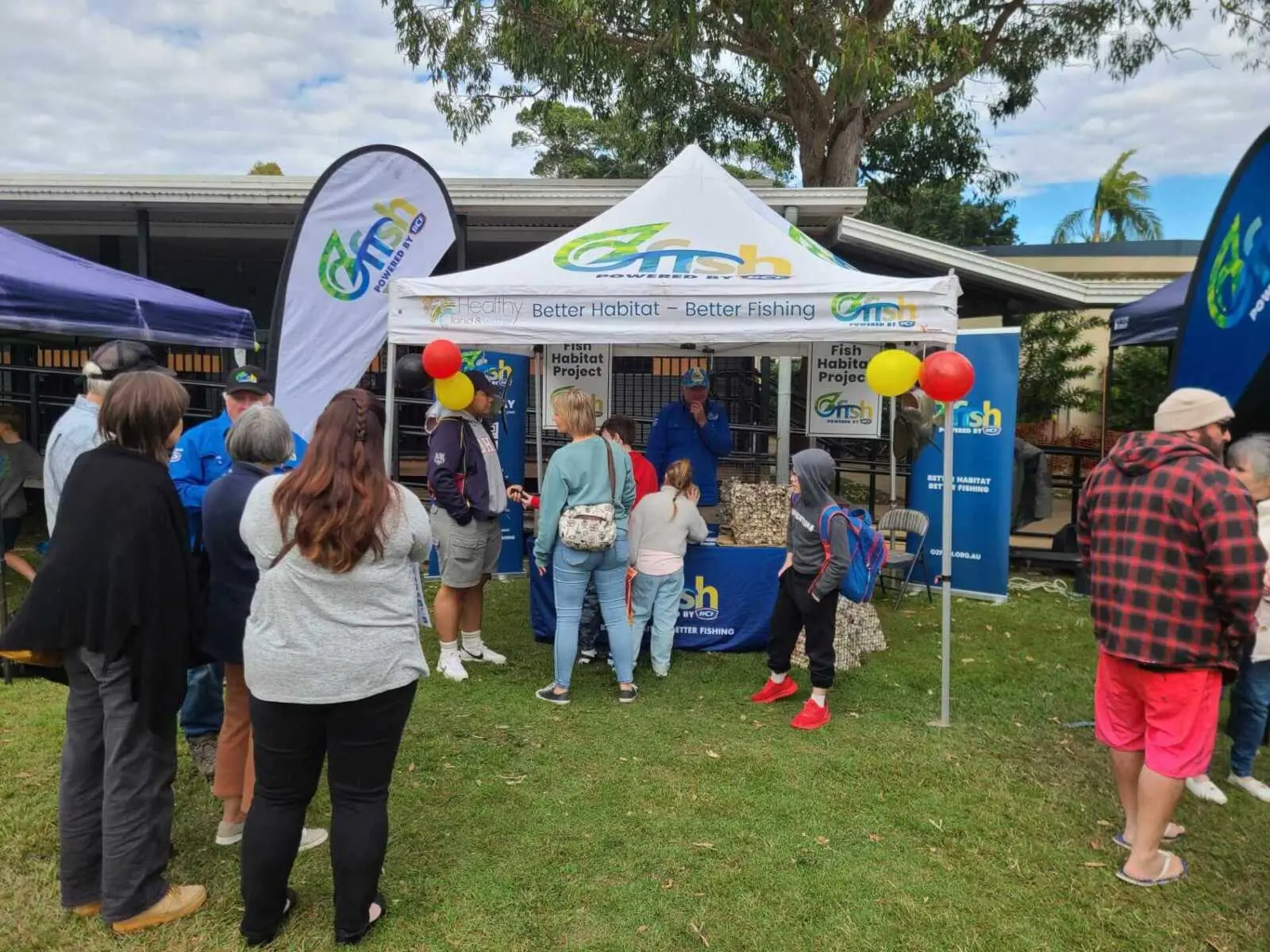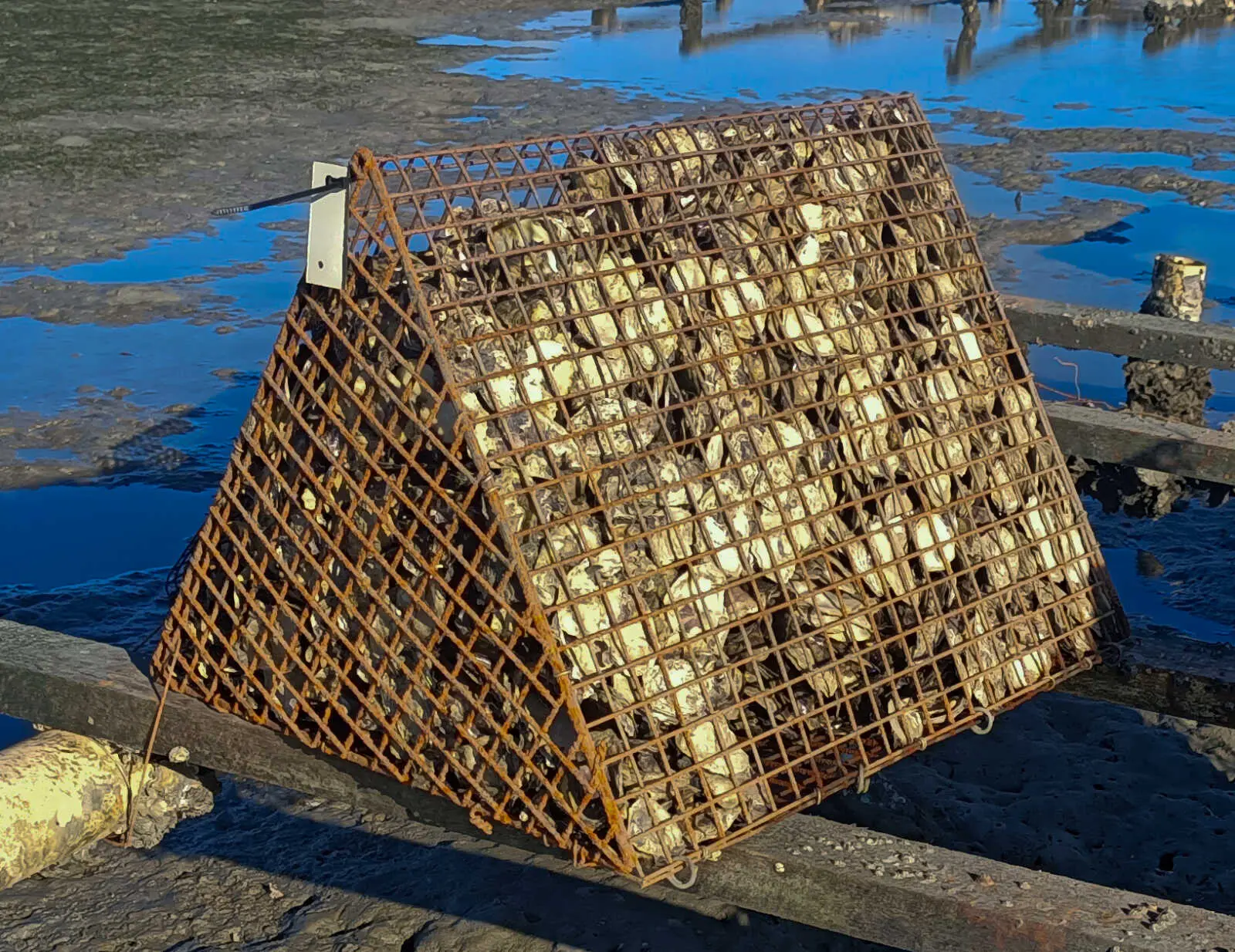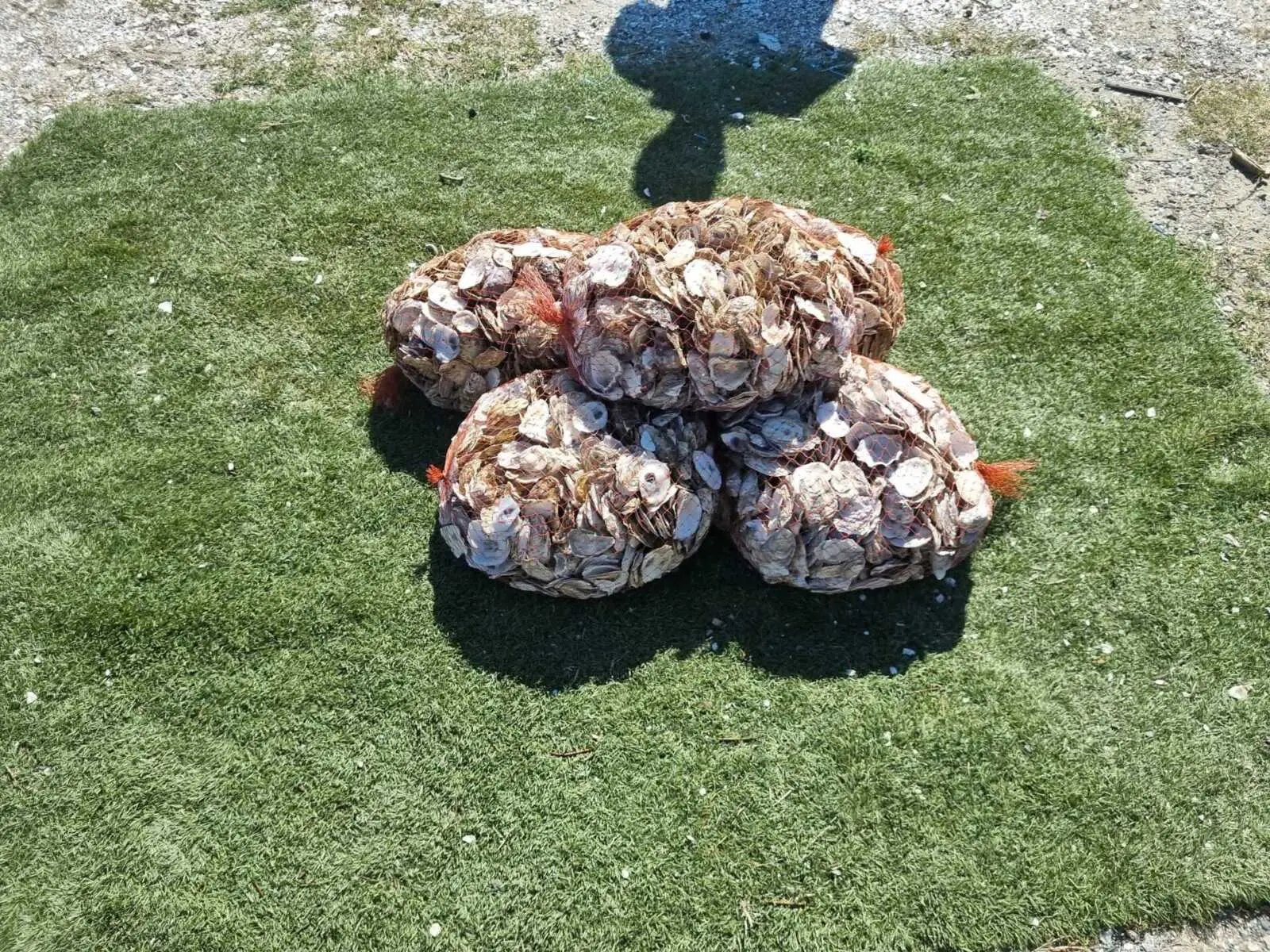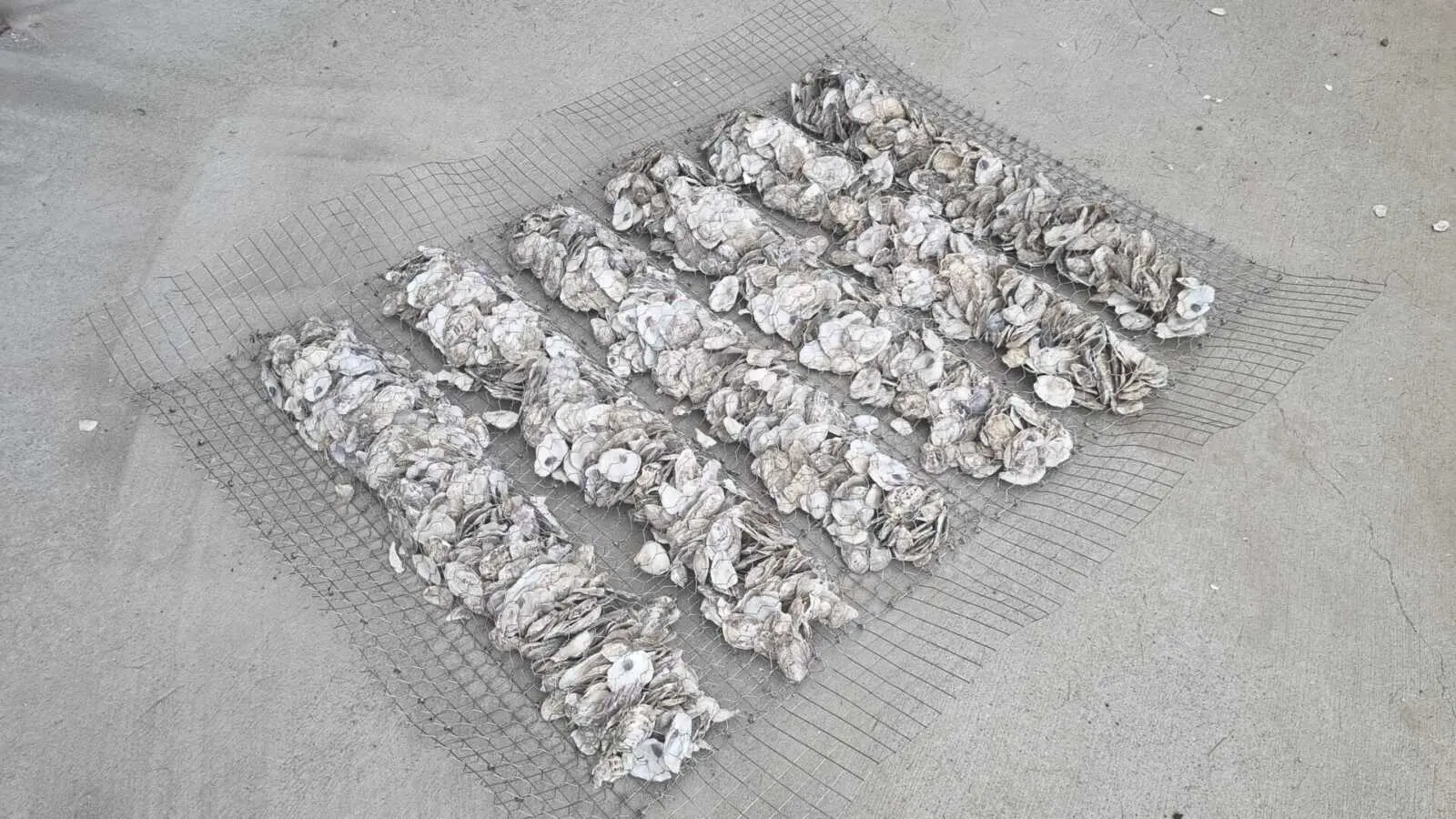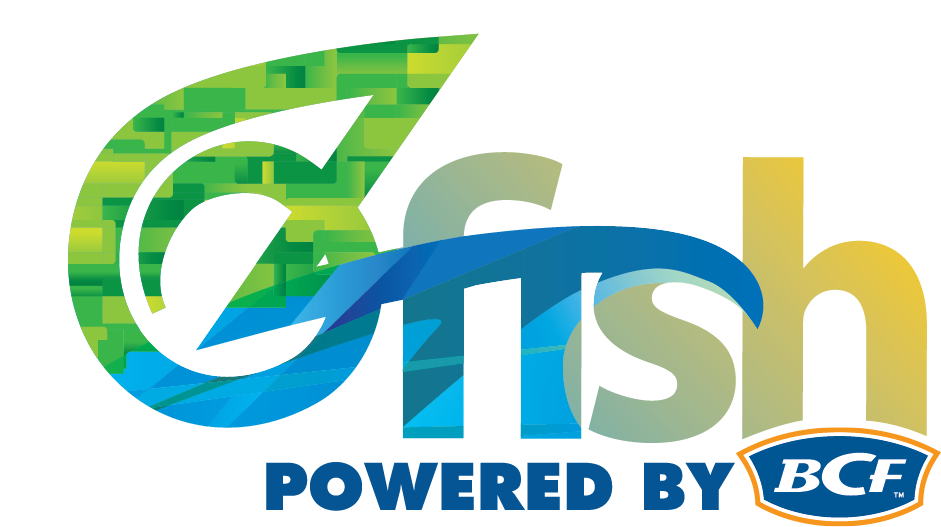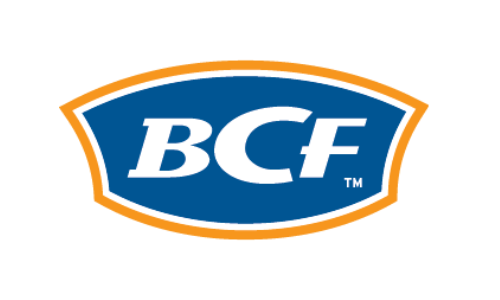2024 Goompi Community NAIDOC Day
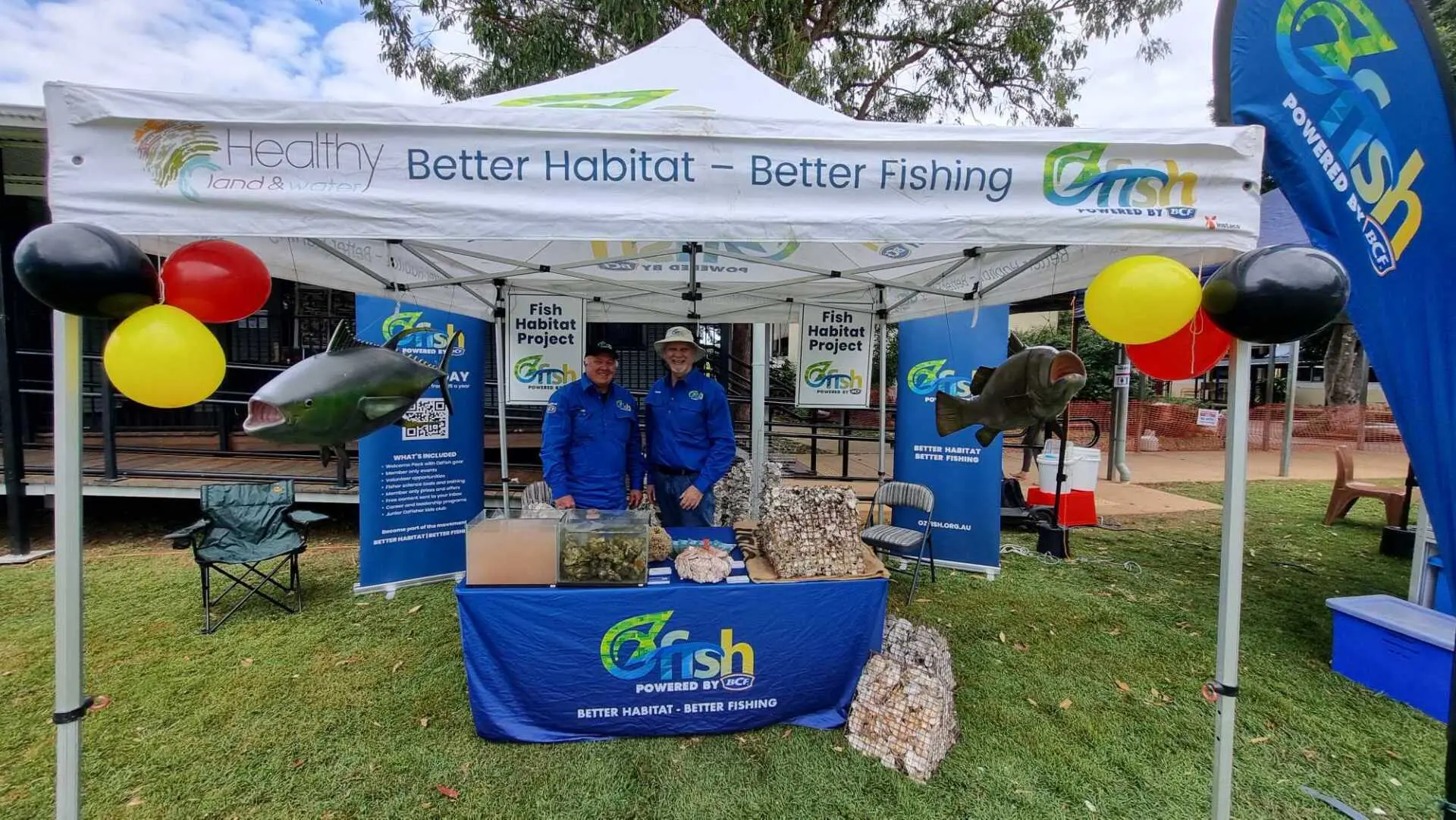
Back in July, OzFish received a warm invitation from the Minjerribah Moorgumpin Elders-in-Council (MMEIC) to participate in the much-anticipated 2024 Goompi Community NAIDOC Day.
The OzFish exhibit
The day started at the crack of dawn, with OzFish team members Robbie, Gary, and Mark making their way to the barge, setting off for Minjerribah, also known as North Stradbroke Island.
Their mission was to prepare and set up the OzFish display, aimed at engaging the community and sharing knowledge about vital ecological issues.
The exhibit featured several examples of ROBs, QODs and BESE Bags attracting interest with their innovative design and practicality, demonstrating how they can be effectively utilised in sustainable practices in marine conservation efforts.
There was also an oyster filtration demonstration that illustrated the process and significance of maintaining the health of oyster populations.
Kids seemed particularly mesmerised by the shellfish display, which became a focal point of interest throughout the day. The vibrant visual appeal of the oysters and the accompanying information drew families back repeatedly, eager to capture progress photos and learn more.
Redlands Mayor Jos Mitchel made a visit to our stall, and expressed an interest in learning more about our initiatives and how she could contribute to our cause.
Adult oysters
Oysters play a crucial role in aquatic ecosystems, particularly within large bays and estuaries, where they have the remarkable capability to filter vast volumes of water.
Each adult oyster is capable of filtering an impressive 180 litres of water per day. That is equivalent to one bathtub of water per day.
They take in a lot of nitrogen and a lot of pollutants out of the water, which is one of the most important things they do.
This natural filtration process leads to exceptional water clarity, which is vital for the health and growth of seagrass. Healthy seagrass beds are essential for numerous marine species, providing habitat and food sources.
When you consider the sheer number of oysters that once thrived in regions like Moreton Bay, the potential impact of their loss becomes staggering. The cumulative effect of these filtration services significantly contributes to the overall health of the marine environment.
Oyster reefs
In Moreton Bay, 3 principal species dominate the reef-building process: Rock Oysters (Saccostrea glomerata), Pearl Oysters, commonly referred to as Quampies (Pinctada albina sugillata), and the Hairy Mussel (Trichomya hirsuta).
Together, these shellfish create complex vertical structures that provide essential habitats for numerous marine organisms. The intricate formations they generate, also serve as prime breeding grounds and abundant food sources for a wide variety of aquatic life, including juvenile fish, which depend on the protective environment these reefs provide.
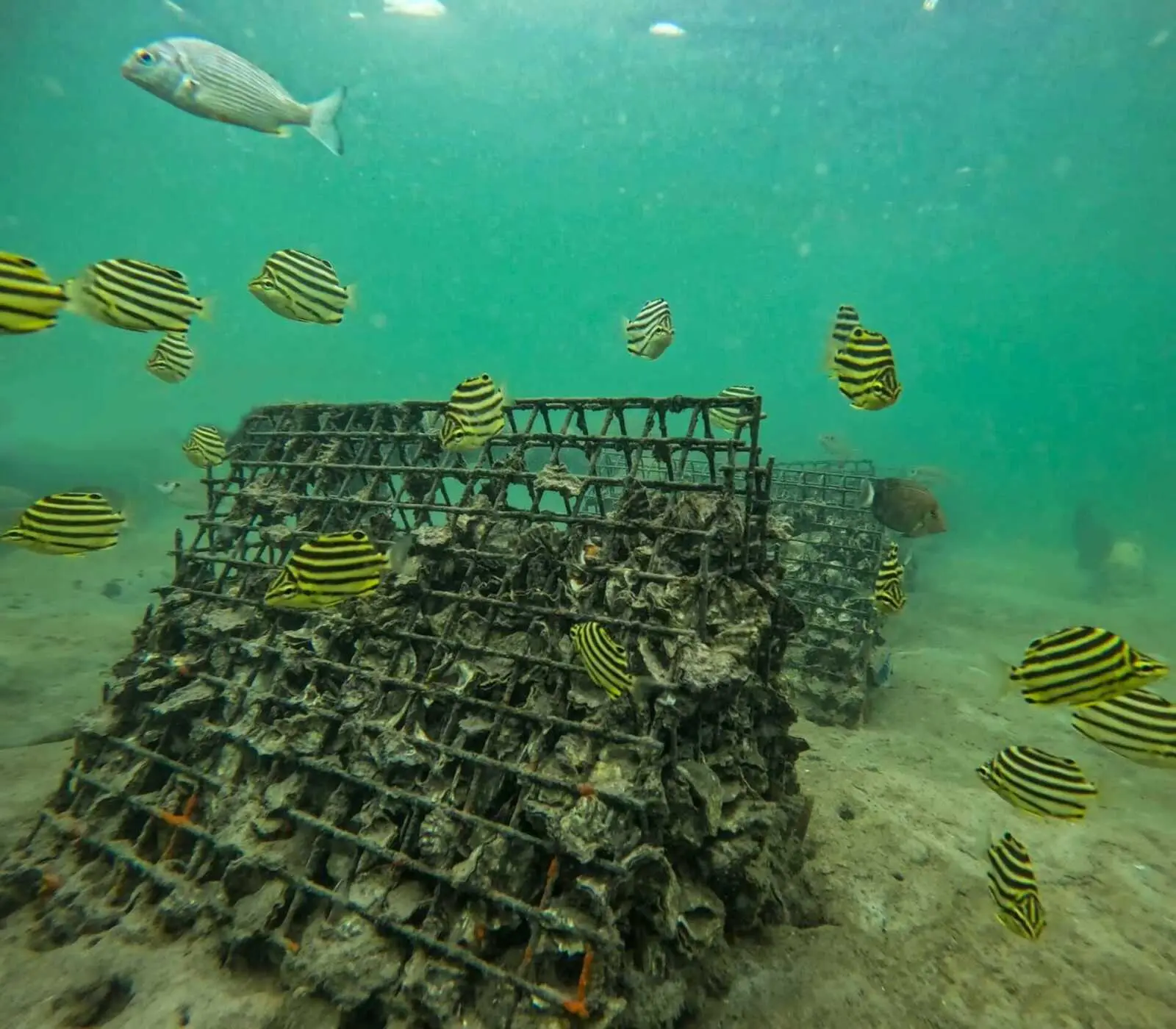
Stories surrounding the local oyster
Various attendees recounted their personal anecdotes and historical accounts, and each narrative served to highlight the deep and enduring connection that the local community has with their marine environment, showcasing the integral role that oysters play not only in the ecosystem but also in the lives of those who live here.
These stories were more than just recollections; they were vibrant reminders of the rich cultural heritage that envelops the oyster and the traditions that have been passed down through the ages. Through these shared experiences, we gained a greater appreciation for the collaborative spirit of the community and the importance of preserving these stories for future generations.
The day was indeed a celebration of our intertwined histories and the lessons that can be learned from them, fostering a sense of unity and shared purpose among all present.
A celebration of community and culture
The day was not just about the displays and information sharing, it was a celebration of community and culture. People flocked to the OzFish stall to learn more about the pressing challenges and initiatives aimed at improving the shellfish reefs in Moreton Bay.
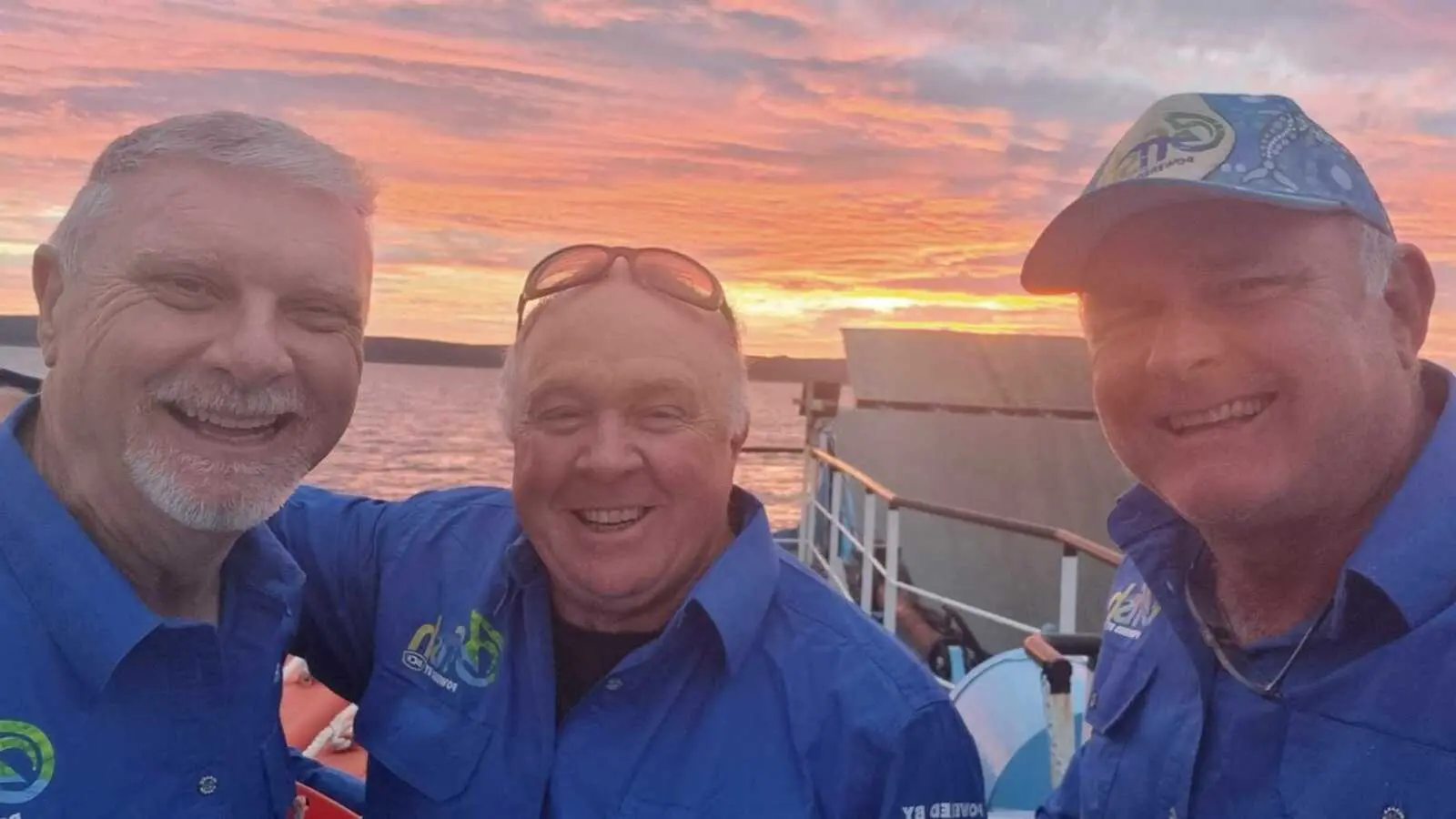
The enthusiasm and eagerness to understand the importance of these ecological efforts indicated the community’s commitment to preserve their natural heritage.
We were also fortunate to have the opportunity to listen to an inspiring address delivered by Uncle Dale. During his talk, he elaborated on the myriad difficulties and challenges that First Nations people have historically encountered, including the systemic injustices, cultural dislocation, and marginalisation that have significantly impacted their communities.
Uncle Dale also emphasised the importance of understanding these experiences as a vital context for fostering empathy and awareness among wider audiences.
Furthermore, he outlined a comprehensive pathway to reconciliation, highlighting the necessity of mutual respect, recognition of rights, and the implementation of restorative practices.
His insights served to illuminate the complex tapestry of First Nations history and underscored the collective responsibility of all individuals in the pursuit of healing and partnership moving forward.
Thank you
A heartfelt thank you is extended to the numerous elders who generously took the time to engage with us during our recent gathering.
Your willingness to share their invaluable wisdom and life experiences added a profound depth to our day, transforming it into an enriching experience for all.
Thank you, Aunty Maureen, for your invaluable assistance in guiding us to the designated setup location for the day’s activities. Your contributions were essential in laying the groundwork for what turned out to be a successful event.

